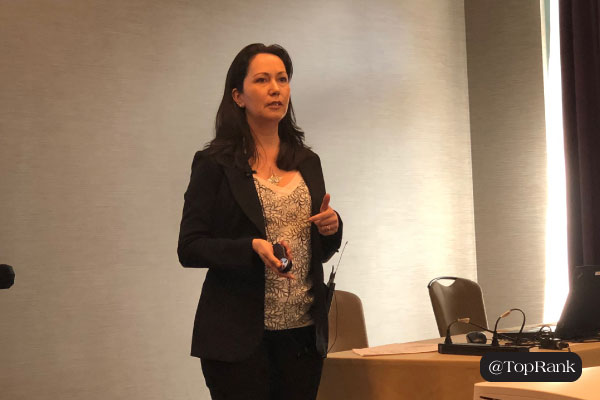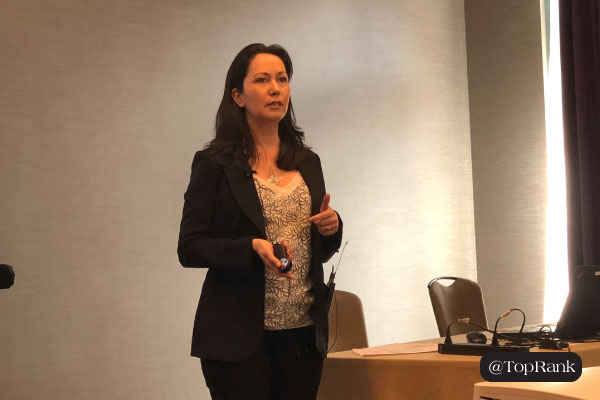Liz’s presentation was robust, detailing key technologies, processes, and the organizational structure she and her team have put in place to transform their channel marketing strategy. “We can use martech to automate work for our internal employees and channel partners to free them up to engage in valuable human interactions with customers,” she stated. The Humanizing Journey Ingersoll Rand, a manufacturing company that’s been in business for more than 130 years, gets most of its sales and revenue through indirect distribution channels—meaning the company has to manage a global network of distribution partners. To arm those channel partners with the tools they need to be effective and successful, Liz and her counterparts have been working hard to ensure the right marketing technologies, processes, and people are in place. And Ingersoll Rand wants to capture that share. So, where are Liz and her team at on their “automate to humanize” journey and what results have they seen? Here’s what they’ve done: When it comes to technology, they’ve implemented a partner relationship management (PRM) system to automatically route leads to partners and house an asset library. When it comes to process, they’ve identified key priorities to keep them focused and enhance their ability to scale efforts across the organization. The B2B Marketer’s Takeaway If your organization wants to become truly customer-focused and deliver more personalized experiences, you need to enable your internal team, partners, and customers to be successful. While Liz’s insights came from work to transform a channel strategy, any B2B marketer has the opportunity to ensure the right people, processes, and marketing technologies are in place to deliver content and experiences that empower their audiences, humanize their brands, and create efficiencies at scale.

Standing before a room of eager-to-learn marketers at B2B Marketing Exchange, Liz Cope, Director of Marketing Technology and Operations at Ingersoll Rand, was an open, honest, vulnerable … human.
“This is so embarrassing,” she said, admitting that some fundamental marketing functions were missing the mark at her multi-billion-dollar company.
Liz’s candor helped audience members feel right at home and not alone. After all, we’ve all been disappointed to learn that one of our core marketing functions or strategies needed to be reworked, rebooted, or reimagined entirely. Her candid approach also tied well into her session’s theme: Martech, Process and People: Humanizing the Journey to Channel Transformation.
Liz’s presentation was robust, detailing key technologies, processes, and the organizational structure she and her team have put in place to transform their channel marketing strategy. But her message was simple: Automate to humanize.
And in a time where marketers are being challenged to deliver more personalized, customer-centric experiences to create connections and drive results, this premise deserves consideration.
The Real Value of Martech & Automation is Human
Marketing technologies exist to automate time-consuming processes; to eliminate and alleviate the level of human touch necessary to complete a task or series of tasks, while also delivering more intelligent insights. So, how can automation be a gateway to humanization? The answer is quite simple, for Liz and her team.
“We can use martech to automate work for our internal employees and channel partners to free them up to engage in valuable human interactions with customers,” she stated. “We can automate to humanize our brands.”
And they’ve put this mantra in action.
The Humanizing Journey
Ingersoll Rand, a manufacturing company that’s been in business for more than 130 years, gets most of its sales and revenue through indirect distribution channels—meaning the company has to manage a global network of…

COMMENTS